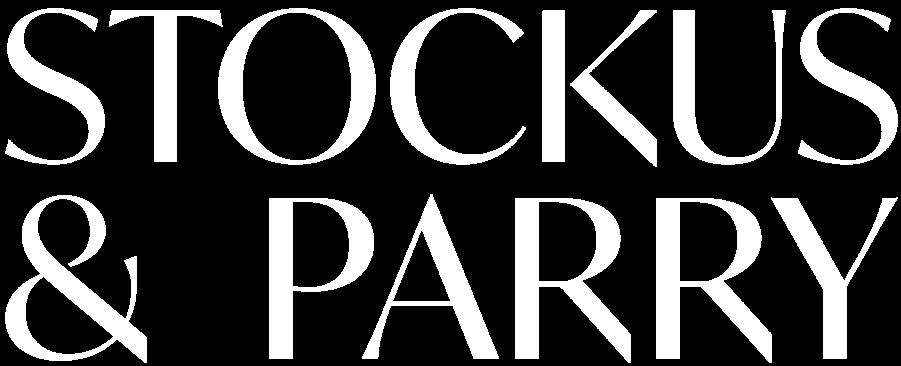










The third quarter of 2024 marks a positive shift in British Columbia’s real estate market, as decreasing interest rates and supportive legislative changes have created a more favorable environment for buyers. Strong demand continues across both urban and suburban markets, with areas like Vancouver and Victoria benefiting from increased activity. Recent government initiatives aimed at improving affordability and housing supply have further bolstered market confidence.
In response to rising housing costs and an affordability crisis, the Canadian government has introduced several measures aimed at stimulating homeownership and easing affordability. Effective from December 15, 2024, these changes include:
1. Increase in the Mortgage Insurance Cap: The maximum allowable home value for insured mortgages will increase by 50%, from $1 million to $1.5 million. This change reflects the 76% surge in home prices since 2012, addressing affordability concerns for buyers in high-priced major markets.
The amortization period for mortgages on new construction homes will extend to 30 years, making payments more manageable and encouraging the development of much-needed new housing stock.
First-time homebuyers will now have the option of 30-year amortizations, providing greater financial flexibility and helping those without down payment help to enter the market.
Experts expect these policy shifts to boost demand, particularly in urban centers like Victoria and Vancouver. However, concerns remain about the potential to exacerbate market imbalances, with rising competition and constrained supply potentially driving prices even higher.
Currently, the real estate market in Victoria is significantly more stable and predictable than in previous years. The market has maintained a balance for the past few months, with neither sellers nor buyers having the upper hand.
A significant development in the broader Canadian market is the unexpected drop in inflation, which slowed to 1.95% in 2024, well ahead of the Bank of Canada’s initial target for 2025. This inflation dip gives the Bank more flexibility to cut interest rates, with markets pricing in a potential 200-basis-point rate cut over the next two years.
Such cuts will ease the cost of borrowing, making



homeownership more attractive compared to renting. A reduction in mortgage rates would also lower debt-to-income ratios, simplifying the mortgage qualification process for many potential buyers. This could spark additional demand, helping absorb some of the housing inventory that has accumulated since 2022.
In another important regulatory update, the Office of the Superintendent of Financial Institutions (OSFI) announced that “straight switches” of an uninsured mortgage to a new lender will no longer require the borrower to undergo the stress test, as long as the loan amount and amortization schedule remain unchanged. This new rule, set to take effect in November 2024, aligns with the Department of Finance’s earlier decision to exempt insured mortgage borrowers from stress tests when switching lenders at renewal.
This change aims to foster greater competition between lenders and provide more flexibility for borrowers without the added stress of requalification, further encouraging homeownership.
In Victoria, the real estate market showed signs of growth and stability this past quarter. In September, buyers purchased 571 properties, showing a 15.8% increase from September 2023 and a 4.8% increase from August 2024. Notably, condominium sales surged by 21.9% year-overyear, with 189 units sold, and single-family home sales rose by 19.3%, with 272 homes sold.
This equilibrium is providing positive conditions for both buyers and sellers, aided by downward trending interest rates and increased housing inventory. As of the end of September 2024, 3,361 active listings were available on the Victoria Real Estate Board’s Multiple Listing Service, representing a 5.3% increase from August 2024 and a significant 24.5% increase from September 2023.
This past quarter, Victoria’s real estate prices showed some softening in key segments. The benchmark value for a single-family home in the Victoria Core dropped by 2.8% year-over-year, from $1,316,100 at the end of Q3 2023 to $1,279,700 this past quarter. Similarly, the benchmark value for a condominium in the Victoria Core fell by 5.1%, from $583,400 at the end of Q3, 2023, to $553,400 at the end of the current Q3.
These declines in benchmark may reflect both the increased inventory in the market and a stabilization of prices after years of rapid growth. However, opportunities for both buyers and sellers remain present, especially with interest rates trending downward.
As we move further into 2024, our local real estate markets are experiencing a period of change and stabilization. Federal initiatives, coupled with falling interest rates, have created an environment that is more favorable to buyers. In Victoria, increased sales activity and inventory are providing a healthier balance between supply and demand. However, ongoing supply challenges and rising demand, driven by immi-

Proudly Recognized as the
Top Real Estate Team at The Agency

gration and policy changes, will continue to influence pricing and market trends. While challenges such as housing supply persist, those navigating the real estate landscape can take advantage of the foundation set for positive momentum during this opportune time.



